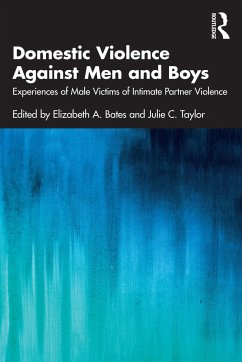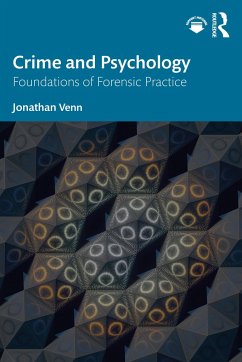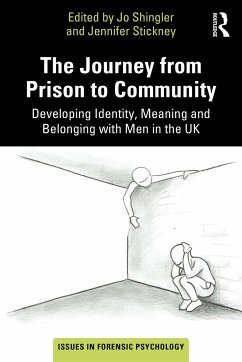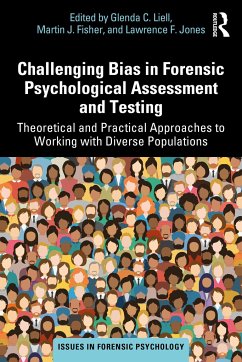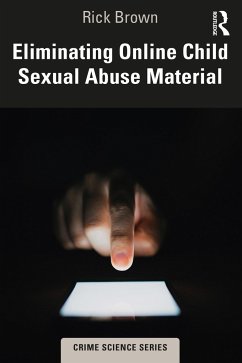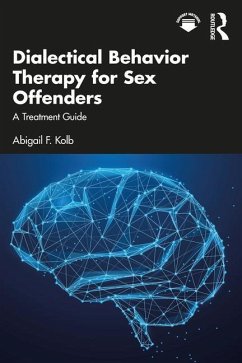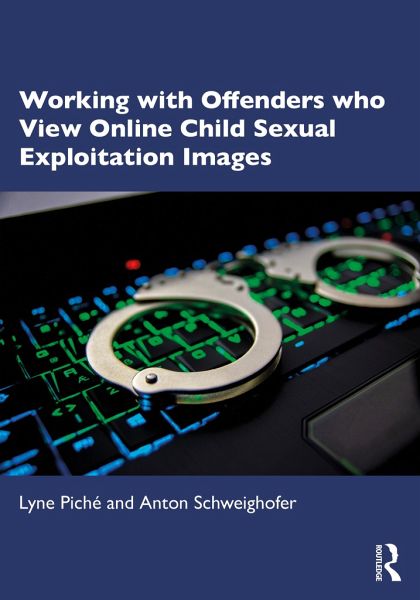
Working with Offenders who View Online Child Sexual Exploitation Images
Versandkostenfrei!
Versandfertig in 6-10 Tagen
36,99 €
inkl. MwSt.
Weitere Ausgaben:

PAYBACK Punkte
18 °P sammeln!
This comprehensive workbook addresses the use of illegal online sexual images. Focusing specifically on child sexual exploitation materials (CSEM), it offers a clear and professional manual for use with men who use CSEM.Working with clients who access illegal online images is challenging work. CSEM clients have unique characteristics and treatment needs. Designed around practitioner and client needs, each chapter provides a guide for clinicians and a subsequent set of materials for the client. The workbook covers a range of topics such as motivation for change, relationships, thinking patterns...
This comprehensive workbook addresses the use of illegal online sexual images. Focusing specifically on child sexual exploitation materials (CSEM), it offers a clear and professional manual for use with men who use CSEM.
Working with clients who access illegal online images is challenging work. CSEM clients have unique characteristics and treatment needs. Designed around practitioner and client needs, each chapter provides a guide for clinicians and a subsequent set of materials for the client. The workbook covers a range of topics such as motivation for change, relationships, thinking patterns, emotions management, sexuality, computer use, Internet safety and future strategies to ensure both client and community safety. Addressing these issues as well as community accountability helps users of CSEM achieve a satisfying life while avoiding future criminal justice involvement. Through this clearly written and structured workbook, clients are given the resources to help manage problematic thoughts and/or illegal sexual behaviour. Offering evidence-based strategies rooted in the authors' clinical experiences, the workbook enables the practitioner and client to work productively together to address the issues that have led to their involvement with illegal sexual images.
This book will be helpful to a range of practitioners including forensic and clinical psychologists, as well as those working in correctional settings, such as probation and prison staff, psychiatrists, social workers, counsellors and providers of mental health treatment. It is also designed for anyone who has viewed, or is worried about viewing, sexual images of children.
Working with clients who access illegal online images is challenging work. CSEM clients have unique characteristics and treatment needs. Designed around practitioner and client needs, each chapter provides a guide for clinicians and a subsequent set of materials for the client. The workbook covers a range of topics such as motivation for change, relationships, thinking patterns, emotions management, sexuality, computer use, Internet safety and future strategies to ensure both client and community safety. Addressing these issues as well as community accountability helps users of CSEM achieve a satisfying life while avoiding future criminal justice involvement. Through this clearly written and structured workbook, clients are given the resources to help manage problematic thoughts and/or illegal sexual behaviour. Offering evidence-based strategies rooted in the authors' clinical experiences, the workbook enables the practitioner and client to work productively together to address the issues that have led to their involvement with illegal sexual images.
This book will be helpful to a range of practitioners including forensic and clinical psychologists, as well as those working in correctional settings, such as probation and prison staff, psychiatrists, social workers, counsellors and providers of mental health treatment. It is also designed for anyone who has viewed, or is worried about viewing, sexual images of children.





